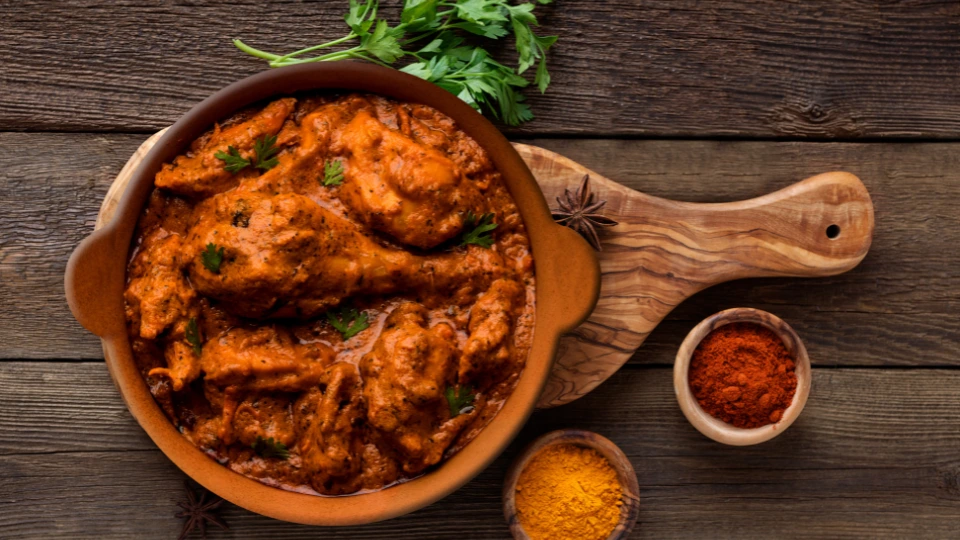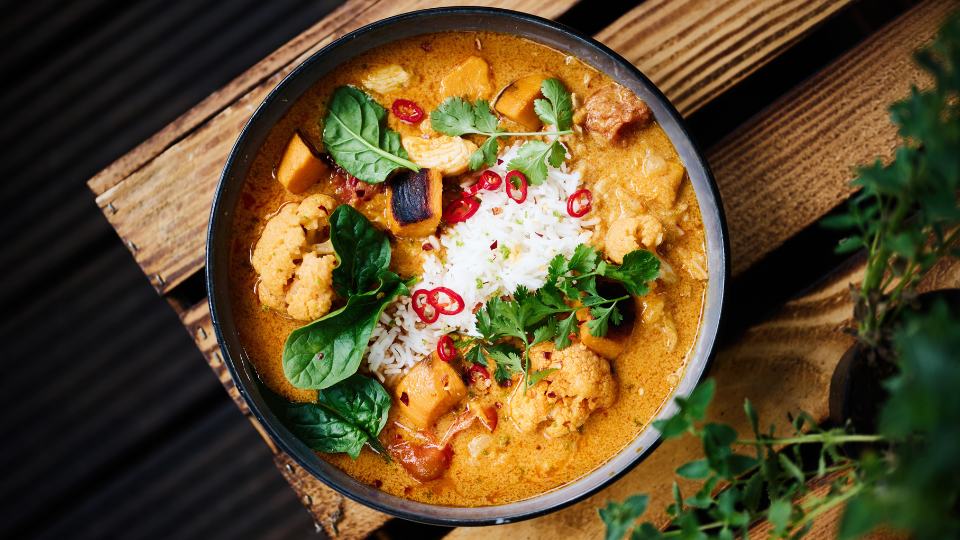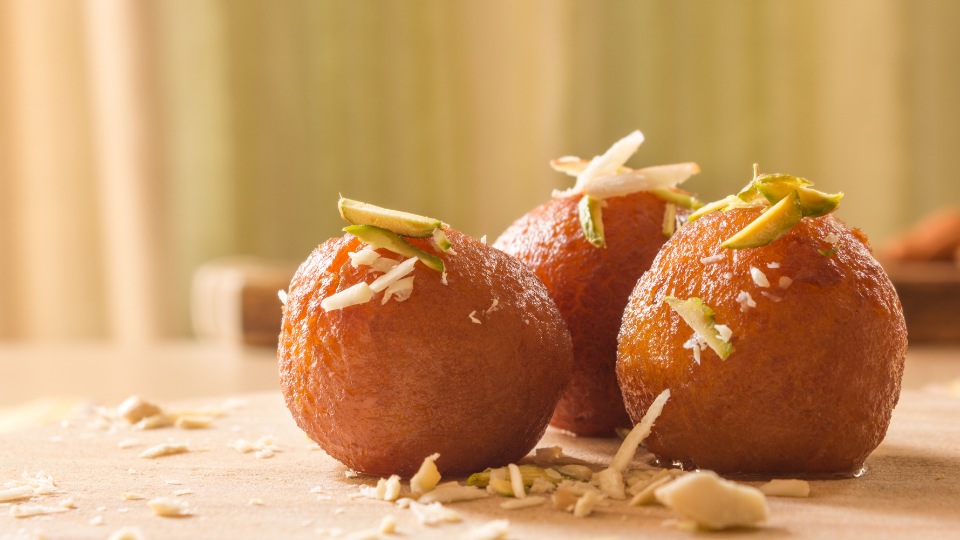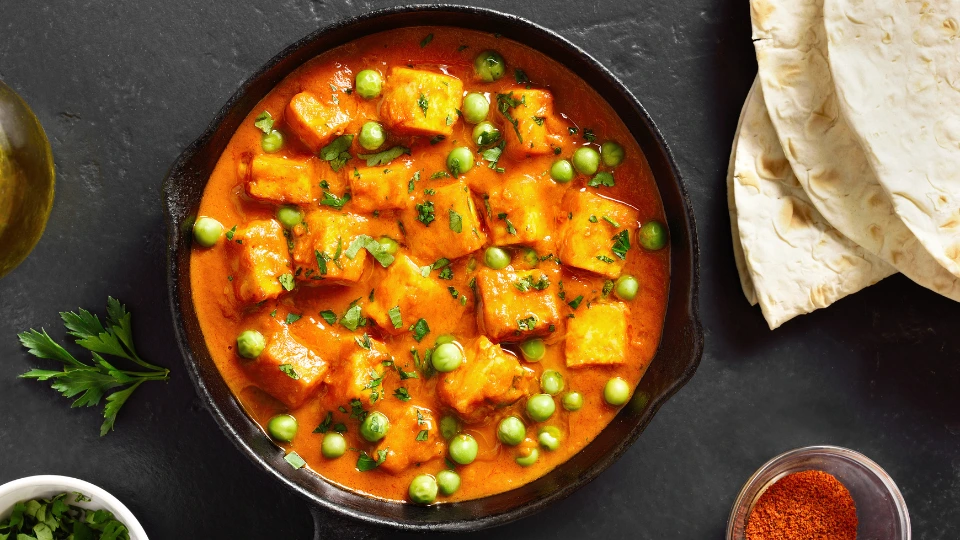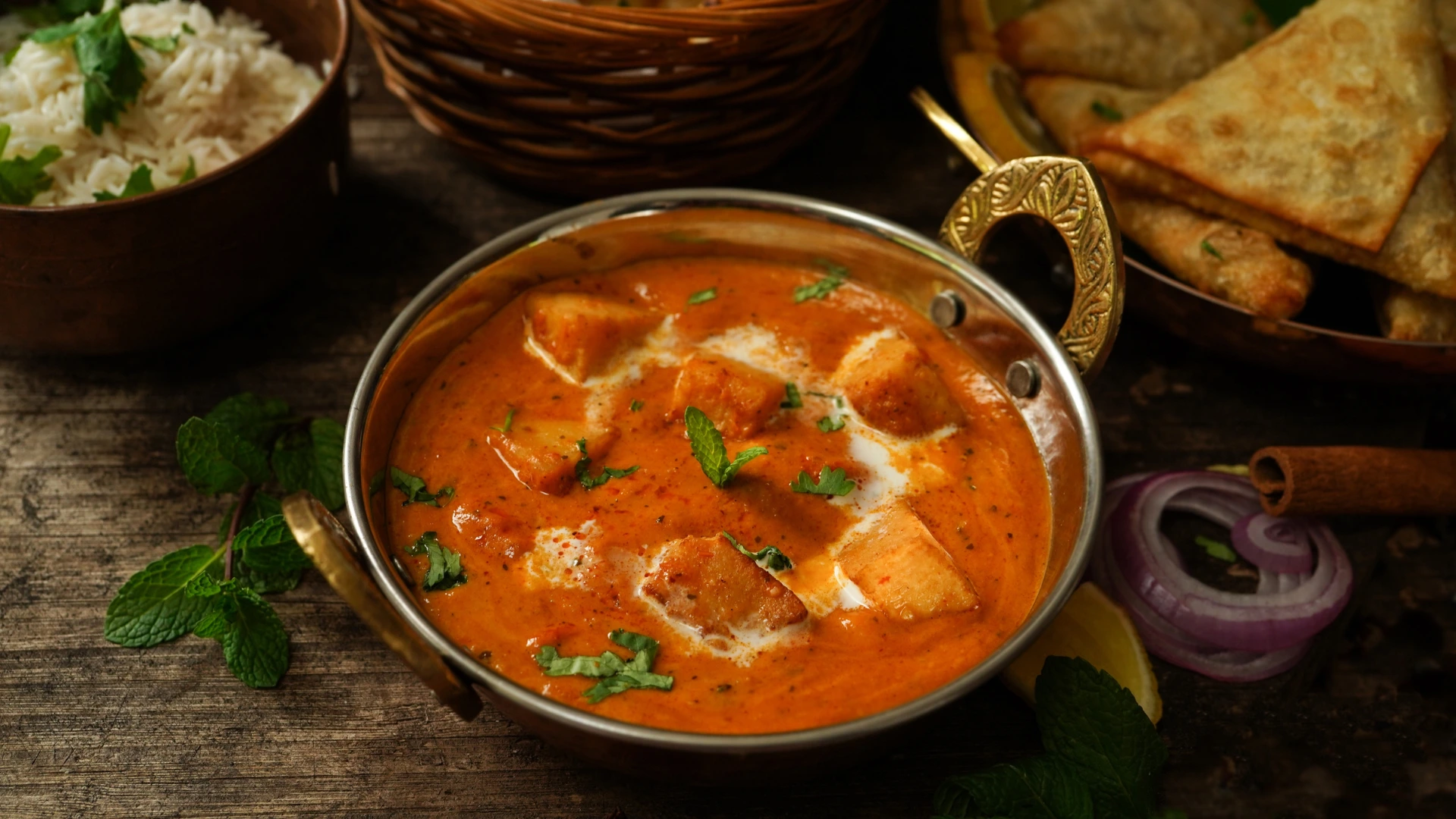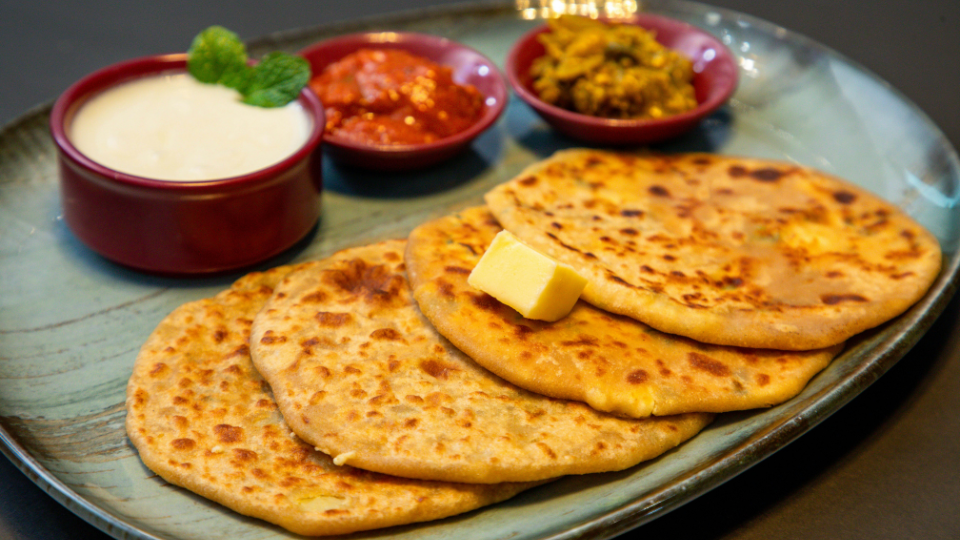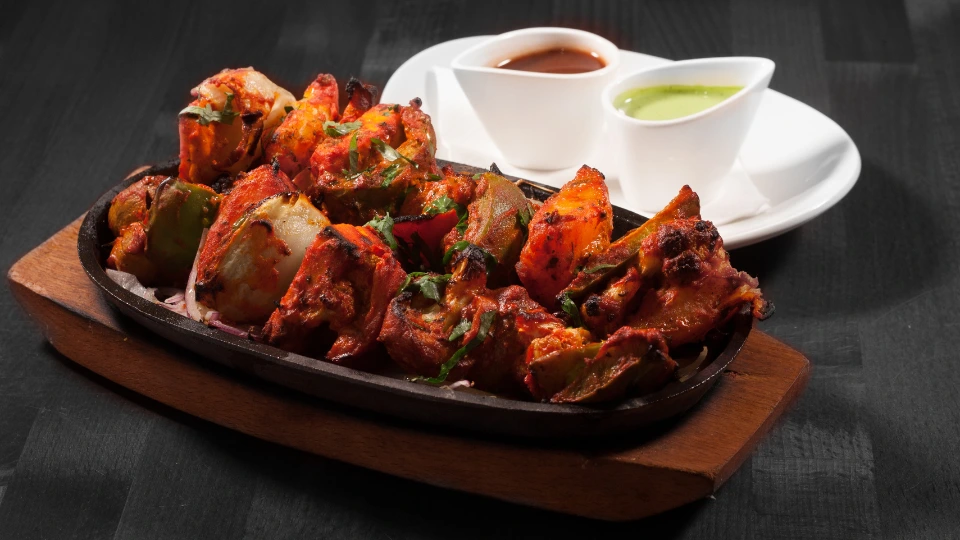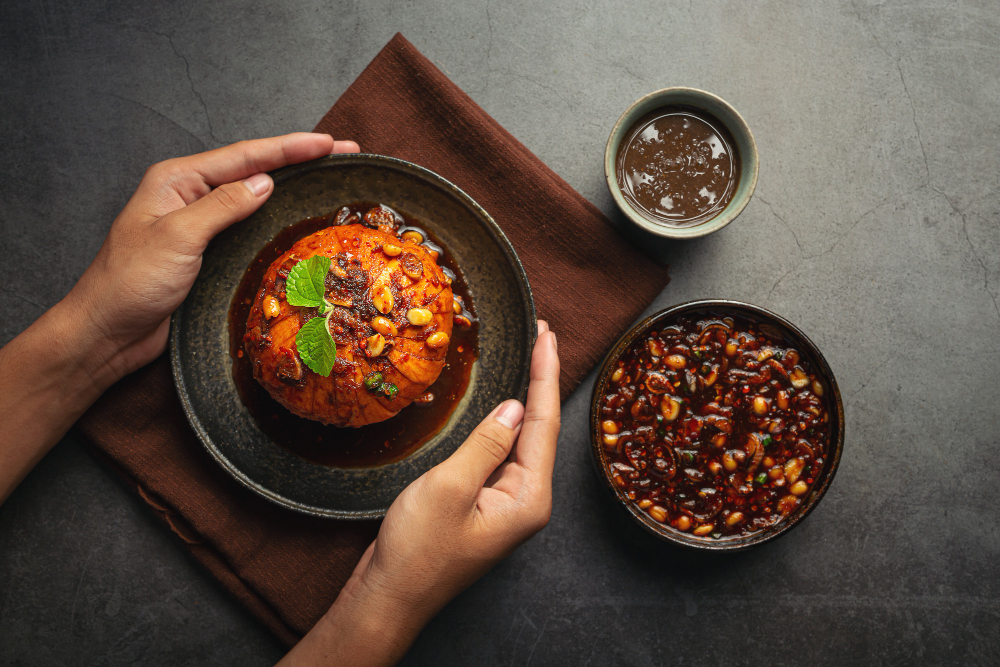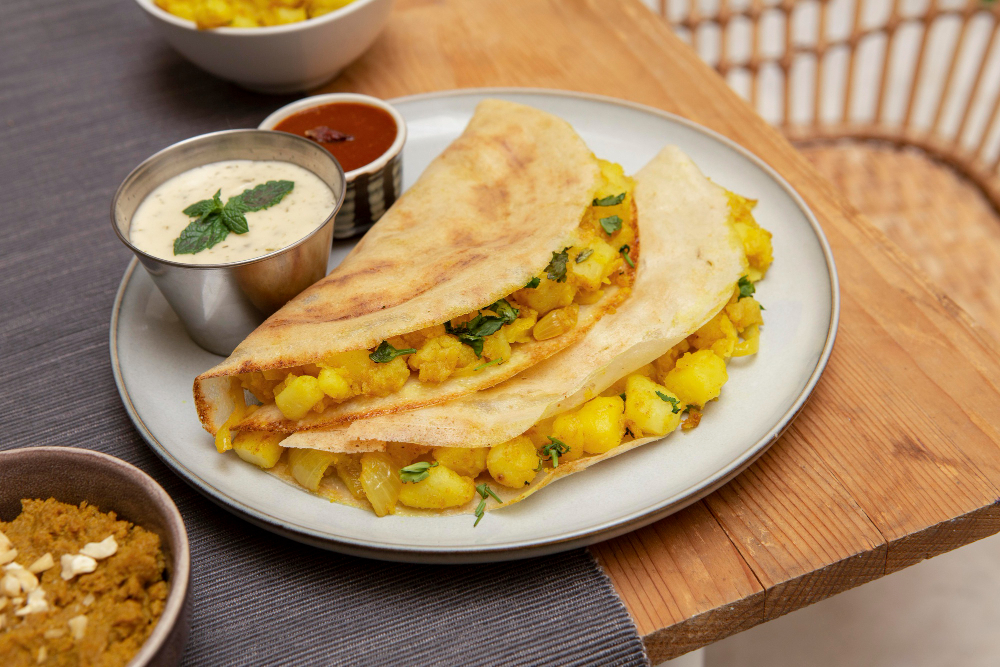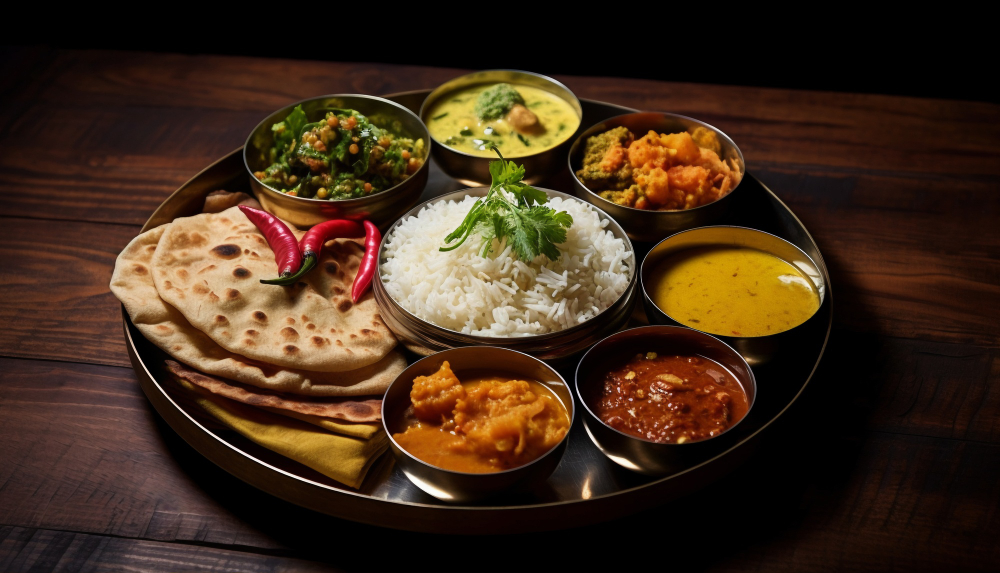Introduction
Chicken tikka masala is one of those dishes that transcends borders, cultures, and dining tables across the globe. It is a meal that almost everyone recognizes, whether they have tasted it in a bustling Indian restaurant, enjoyed it at home with family, or encountered it on the menus of global eateries. The rich, creamy tomato-based sauce, paired with succulent pieces of spiced chicken, makes it a universally loved dish. The story behind this iconic curry is as fascinating as its flavor, and for many food enthusiasts, discovering its history is as satisfying as savoring the meal itself.
In this blog, we will take a deep dive into the history and origins of this famous Indian-inspired dish, exploring how it came into existence and how it traveled across continents to become a household favorite. From its early roots in Mughal cuisine to its celebrated rise in British culture, and finally to its standing as a symbol of fusion food, its journey is one worth understanding. By the end of this article, you’ll not only know its story but also discover why Maharaja Riyasat is the perfect place to experience the most authentic flavors of this beloved meal.
Things to Know Before Exploring the Story of Tikka Masala
Before we dive into the story of tikka masala, it’s important to understand some key elements that shaped its creation and influence. The dish didn’t appear overnight; rather, it evolved through centuries of cultural exchanges, culinary innovations, and migrations that blended flavors from the East and the West.
The Global Popularity of Indian Curry Dishes
This flavorful curry is now served across the world, from five-star Indian restaurants to local curry houses. Its global popularity is a testament to how food can travel beyond geographical boundaries and become a cultural connector. Secondary keywords like “Indian curry” and “fusion cuisine” help illustrate how it represents both tradition and modern adaptation in global dining culture. For a deeper dive into Indian dishes that have gone global, check out our blog on Paneer Butter Masala vs Shahi Paneer.
Part of this popularity stems from its adaptability. Whether enjoyed with rice, naan, or even as a filling for wraps, tikka masala caters to diverse palates. This versatility is why so many cuisines outside India have embraced it wholeheartedly, making it more than just an Indian dish—it has become a global culinary ambassador.
The Role of Indian Cuisine in Global Food Culture
Indian cuisine is celebrated for its rich use of spices, layered flavors, and vibrant colors, and this creamy tomato-based dish embodies all of these qualities. In the context of world food culture, it showcases how Indian dishes influence and inspire chefs and food lovers worldwide. The spread of meals like biryani, butter chicken, and tikka masala has allowed Indian cuisine to secure a permanent spot on the international culinary map. You can learn more about this influence in our blog on Punjabi Food Culture.
Moreover, tikka masala reflects how Indian cuisine thrives on adaptation. While deeply rooted in traditional Indian cooking, it also embraces external influences. This ability to evolve while retaining authenticity makes it a true representative of Indian culinary heritage on the global stage.
The Confusion Around Its True Origins
One of the most intriguing aspects of tikka masala is the debate surrounding its origins. Some argue it was born in India as a natural progression of Mughal cooking, while others insist it was first crafted in the kitchens of Glasgow, Scotland. The lack of a definitive answer adds to the mystique of the dish and keeps food historians fascinated.
This confusion is also symbolic of the dish itself—it represents a cultural blend, where no single culture can claim complete ownership. Instead, tikka masala stands as a joint creation, shaped by both Indian tradition and British innovation, embodying the spirit of fusion cuisine. Our blog on Chicken Tikka Masala vs Butter Chicken explores another layer of this culinary debate.
Colonial and Post-Colonial Culinary Influences
The colonial era significantly shaped the way Indian food was perceived and adapted in the West. British colonizers developed a taste for Indian spices and curries, leading to the creation of dishes that balanced Indian authenticity with Western preferences. Tikka masala is often seen as a direct result of this cross-cultural exchange.
In the post-colonial era, waves of Indian immigrants brought their food traditions to the UK and other parts of the world. This migration allowed Indian cuisine to flourish globally, with this creamy curry emerging as a standout dish that symbolized cultural integration through food. If you want to explore how biryani also tells a similar story of migration and adaptation, read our blog on Authentic Biryani in Canada.
How Fusion Foods Shape Modern Culinary Identity
Tikka masala is one of the earliest examples of what we now call fusion food. By blending Indian spices and techniques with Western adaptations, it reflects how culinary identities are constantly evolving. Fusion dishes like this one allow cultures to connect while respecting each other’s traditions.
In today’s globalized food scene, fusion foods are no longer outliers—they’re celebrated as creative expressions of cultural harmony. This curry remains at the forefront of this trend, proving that dishes born of cross-cultural experimentation can become timeless classics. Our guide to Indian Dining in Vaughan further explores how fusion continues to shape menus worldwide.
The Historical Roots of Tikka Masala
To understand tikka masala fully, we need to trace its roots back to the rich history of Indian cooking. Its foundations lie in dishes that were created long before the term itself was coined.
The Origins of “Tikka” in Mughal Cuisine
The word “tikka” refers to small pieces of meat marinated in spices and grilled, and its roots lie in Mughal cuisine. During the Mughal era, kebabs and grilled meats became popular in royal kitchens, influenced by Persian and Central Asian culinary traditions. Chicken tikka was one of many variations that came out of this period.
What made tikka unique was its balance of smoky flavor from the tandoor and its intricate spice marinades. These qualities would later become the foundation for modern curry favorites when paired with creamy sauces.
The Evolution of Curry Sauces in Indian Cooking
Curry sauces have been an integral part of Indian cooking for centuries, evolving from simple spiced gravies to complex, layered sauces. The use of tomatoes, cream, and onions in curries created a rich base that perfectly complemented grilled meats like chicken tikka.
As Indian cuisine developed regionally, these curry sauces diversified, creating variations that could suit different tastes and occasions. This adaptability of curry gravies made it possible for dishes like tikka masala to evolve and find widespread appeal.
Tracing Chicken Tikka in Indian Royal Kitchens
Chicken tikka was a regular feature in royal Mughal kitchens, often served as a delicacy during feasts. The emphasis on marination and slow cooking elevated its flavor profile, making it a standout dish among meat preparations.
This royal association gave chicken tikka a certain prestige, ensuring it continued to be popular even outside palaces. When paired with curry gravies, it became accessible to a wider audience while still retaining its regal roots.
The Influence of Street Food on Curry Dishes
While chicken tikka had royal beginnings, it also found its way into Indian street food culture. Vendors began serving it with naan, chutneys, and eventually gravies, adapting it for everyday consumption. This accessibility made it more than just an elite dish—it became part of daily food culture.
Street food innovations likely paved the way for the creation of tikka masala, as vendors and home cooks experimented with pairing grilled chicken with creamy sauces to satisfy diverse tastes.
Regional Variations in India Before Globalization
India’s regional cuisines added their own twists to tikka preparations. In the north, it was paired with rich gravies, while in the south, spices like curry leaves and coconut were added for local flavor. These regional adaptations show that tikka was already versatile before it made its way abroad.
These variations created a culinary foundation that allowed this creamy curry to flourish when it eventually reached international audiences. It was a dish born ready to adapt and thrive in new cultural contexts.
The British Connection to Tikka Masala
The rise of this dish into global fame cannot be explained without acknowledging its connection to Britain. For many, it is just as British as it is Indian, reflecting the intertwined histories of the two nations.
The Theory of Invention in Glasgow, Scotland
One of the most popular origin stories claims that tikka masala was invented in Glasgow in the 1970s. According to this theory, a chef added a tomato-based sauce to grilled chicken tikka to satisfy a customer who wanted a dish with gravy. This improvisation allegedly gave birth to the dish we know today.
While this story is debated, it highlights the dish’s hybrid nature—it was created to suit Western tastes while using Indian cooking techniques. This makes Glasgow an important chapter in its story.
British Adaptations of Indian Dishes
Indian food was already popular in Britain due to colonial influences, but dishes were often adapted to suit local preferences. Curries were made less spicy, creamier, and paired with bread and rice in familiar ways. This dish fit perfectly into this trend, balancing Indian spices with a Western-friendly texture and flavor.
This adaptation made Indian cuisine approachable for many Britons who might have found traditional dishes too complex. Tikka masala became a gateway dish, opening the door to broader appreciation of Indian food.
The Role of Indian Immigrants in Culinary Innovation
Indian immigrants played a crucial role in popularizing this dish in the UK. They opened restaurants and brought authentic recipes while also creating new dishes that appealed to local audiences. Tikka masala was one such creation, born out of immigrant creativity and entrepreneurial spirit.
These restaurateurs not only preserved Indian culinary traditions but also contributed to Britain’s evolving food culture. Their innovations helped cement its place as a beloved national dish.
The Political Symbolism of Curry in the UK
This dish gained political significance when it was described as a symbol of modern multicultural Britain. Politicians often referred to it as the “true national dish of Britain,” highlighting how it represented cultural integration and harmony between communities.
This political symbolism elevated tikka masala beyond the dining table, turning it into a cultural icon. It became more than just food—it was a statement about identity and diversity.
How It Became “Britain’s National Dish”
By the late 20th century, tikka masala had become one of the most popular dishes in the UK. Its widespread availability in restaurants and takeaways, combined with its acceptance as part of British identity, earned it the title of “Britain’s national dish.”
This recognition solidified its status as a cultural phenomenon, proving that food has the power to bridge nations and create shared identities.
Cultural and Culinary Significance Today
This dish’s influence continues to grow, making it one of the most celebrated meals in global cuisine. Its cultural and culinary significance goes beyond just taste—it reflects larger themes of tradition, innovation, and belonging.
Tikka Masala as a Symbol of Fusion Cuisine
Tikka masala is often cited as the quintessential fusion dish, blending Indian spices with Western culinary sensibilities. It demonstrates how food evolves when cultures intersect, creating something new yet rooted in tradition.
As fusion cuisine gains popularity, this curry remains a shining example of how successful cultural blending can produce universally loved flavors. Its journey inspires chefs to experiment and create dishes that celebrate diversity.
Its Place in Indian Restaurants Worldwide
From Canada to Australia, Indian restaurants almost always feature tikka masala on their menus. It has become a staple dish, ensuring that customers who may not be familiar with the vast diversity of Indian food still find something approachable and comforting. If you want to know what else you should try at an Indian restaurant, explore our blog on Must-Try Authentic Punjabi Dishes.
For many diners, this dish is their first introduction to Indian cuisine. Its universal appeal makes it a powerful ambassador for Indian food culture globally.
Influence on Modern Chefs and Culinary Trends
Modern chefs often take inspiration from tikka masala, using its flavors in innovative ways. Variations include tikka masala pasta, tacos, and even pizzas, proving its versatility and ability to adapt to new culinary trends.
This ongoing influence ensures that it remains relevant in contemporary food culture. It is not just a classic—it is a dish that continues to evolve with the times.
The Dish in Pop Culture and Media
This curry frequently appears in films, TV shows, and books as a cultural reference point. Its presence in popular media reflects its widespread recognition and significance beyond just food lovers.
These references reinforce its identity as a global dish, familiar to audiences from different backgrounds. Pop culture has played an important role in maintaining its status as an iconic meal.
Why It Remains a Comfort Food Across Cultures
At its core, tikka masala is comfort food. The creamy, mildly spiced sauce combined with tender chicken provides a sense of warmth and satisfaction that resonates across cultures. It is a dish that brings people together, whether at family dinners or social gatherings.
This universality is why it continues to be beloved across generations and geographies. It offers both familiarity and excitement, making it a timeless favorite.
Why Choose Maharaja Riyasat for Authentic Indian Cuisine
At Maharaja Riyasat, we believe that food should be more than just a meal—it should be an experience that connects you to history, tradition, and culture. Our chefs bring years of expertise and passion to every dish, ensuring that classics like tikka masala are prepared with authenticity and care. By blending traditional Indian techniques with modern presentation, we create a dining experience that celebrates both heritage and innovation.
When you order this dish at Maharaja Riyasat, you can expect flavors that honor its rich history. From the careful marination of the chicken to the slow-cooked, creamy tomato sauce, every detail is crafted to perfection. We also ensure that the dish complements the rest of our menu, offering you a complete culinary journey through India’s diverse food traditions. Explore our menu and make a reservation to enjoy authentic Indian dining today.
Our commitment to quality ingredients, authentic recipes, and warm hospitality makes us the perfect choice for anyone seeking to experience the true essence of Indian cuisine. Whether you are exploring Indian food for the first time or are a seasoned enthusiast, Maharaja Riyasat is your destination for unforgettable flavors.
Conclusion
The history and origins of tikka masala reveal more than just how a dish was created—it tells the story of cultural exchange, adaptation, and the unifying power of food. From its beginnings in Mughal kitchens to its reinvention in Britain, it reflects the blending of traditions that continues to shape our world today. Its status as a global favorite underscores the way food can transcend borders, bringing people together through shared flavors and experiences.
At Maharaja Riyasat, we are proud to serve this iconic dish with the authenticity and passion it deserves. By honoring its history while perfecting its taste, we ensure that every plate carries forward its rich legacy. So the next time you crave a dish that represents both tradition and modernity, look no further than Maharaja Riyasat—where every bite is a journey through history, culture, and flavor. Visit our home page to start your journey into authentic Indian cuisine.
